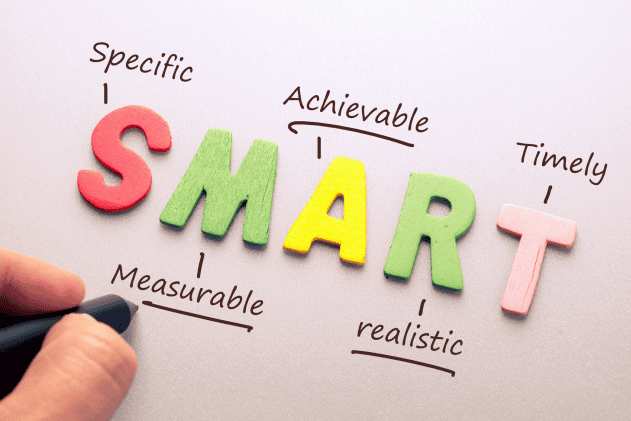Setting fitness goals is crucial as it provides a clear starting point and direction for your fitness journey. The key is to break down your goals into achievable steps and keep a training log to monitor your progress. Here is a comprehensive guide to help you set and achieve your fitness goals.
1. Set Small, Specific Fitness Goals: You are more likely to achieve your fitness goals when they are small and short-term. These goals should be specific daily activities that lead you toward your larger objective. Breaking a big goal into smaller pieces makes it more manageable and keeps you motivated. Each small success is a step toward the bigger goal, and setting a reasonable, achievable time frame for these short-term goals will help maintain your motivation.
2. Make your Goals SMART: Specific, Measurable, Achievable, Relevant, and Time-specific. For example, a SMART goal could be: “I will lose 5 pounds in 2 months by exercising 4 times a week and eating the right food.” This approach ensures your goals are clear and attainable within a set timeframe.
3. Create a Plan: Having a detailed plan is essential for achieving your goals. For instance, try incorporating a new workout each week and document it in a fitness journal. Discovering workouts you enjoy increases the likelihood of sticking to your exercise plan. Some workouts to consider include yoga, pilates, dancing, swimming, CrossFit, soccer, and basketball.
4. Track your Progress: Tracking your progress is vital for accountability and motivation. Use a fitness journal, mobile app, or spreadsheet to log your workouts, diet, and any changes in your body measurements or weight. Regularly take body measurements, progress photos, and note your achievements in your fitness journal. This tracking allows you to see how far you’ve come and what you need to do to reach your goals.
5. Celebrate Your Success: When you reach a milestone, take the time to celebrate your success. Plan how you will celebrate after achieving each specific goal and keep your rewards healthy and positive.
Conclusion:
Setting and achieving fitness goals is a powerful way to take control of your health and well-being. By clearly defining your objectives, creating a realistic and flexible plan, staying consistent, and celebrating small victories along the way, you can build lasting habits that support your long-term success. Remember, progress doesn’t happen overnight – but with patience, dedication, and a positive mindset, you can achieve your fitness goals.

